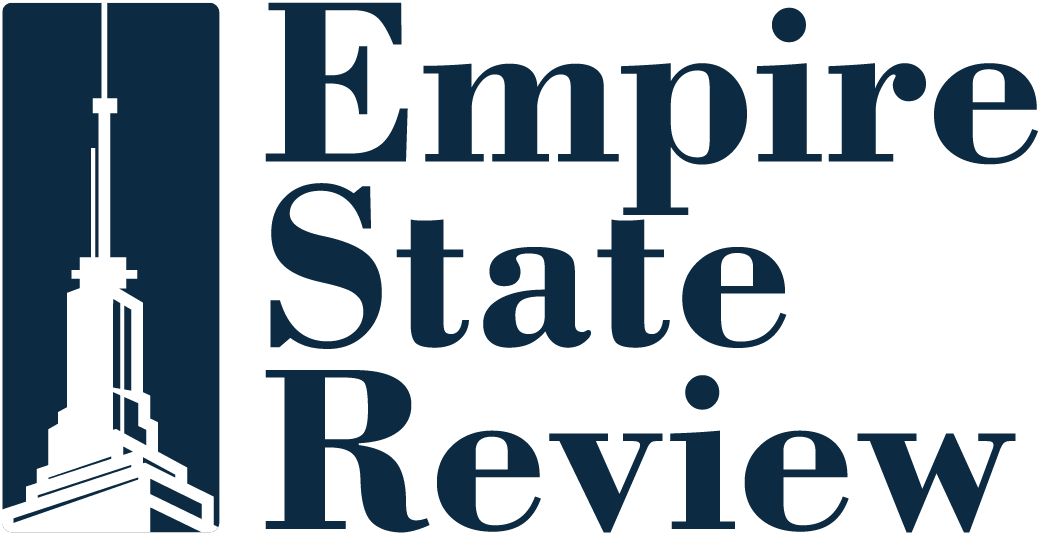March 2025 Inflation Insights: A Comprehensive Overview
The latest report from the Labor Department indicates a notable decline in U.S. inflation rates, reaching their lowest levels since September of the previous year. Consumer prices experienced a modest rise of 2.4% over the past year, down from 2.8% in February, signaling an easing trend in price growth.
Key Statistics from the Inflation Report
- Overall Inflation: 2.4% increase compared to March of the previous year.
- Core Inflation Rate: 2.8% rise, excluding volatile food and energy prices, a decrease from 3.1% in February.
- Used Car Prices: Decreased by 0.7% from February to March.
- Auto Insurance Costs: Fell by 0.8%, although still up 7.5% year-over-year.
- Airfare Prices: Dropped by 5.3% compared to the previous month.
- Hotel Prices: Experienced a decline of 3.5%.
- Grocery Prices: Increased by 0.5%, with egg prices rising 5.9% to a record $6.23 per dozen.
- Clothing Prices: Rose by 0.4%, showing minimal growth over the past year.
Factors Contributing to Inflation Dynamics
Analysts attribute the recent decline in inflation primarily to a significant drop in gas prices. Additionally, there is consensus that the overall inflation trends are stabilizing, largely unaffected by the fluctuating tariff policies introduced by President Donald Trump.
The exhibition of shrinking travel-related expenses also played a role, as international tourist visits to the U.S. fell nearly 12% last month, partly due to Trump’s aggressive international trade stance.
Impact of Tariffs on Inflation
While recent tariff changes have not yet reflected an upward trend in inflation, the enduring tariffs, particularly those on imports from China, are expected to exert upward pressure on prices in the coming months. Trump has maintained high tariffs on several imports, including a 125% tariff on Chinese goods.
Despite implementing a temporary pause on new tariffs for 90 days, the uncertainty surrounding future trade policies continues to loom over businesses and consumers alike. Economists remain cautious, anticipating that remaining tariffs may influence price stability in the near future.
Future Economic Outlook
With inflation still above the Federal Reserve’s target of 2%, the central bank is likely to maintain its interest rates at approximately 4.3% while it assesses the long-term implications of current economic policies. The Fed’s Chair, Jerome Powell, emphasized a cautious approach saying, “There’s a lot of waiting and seeing going on, including by us. And that just seems like the right thing to do in this period of uncertainty.”
As tariff policies and consumer behaviors evolve, it is critical for both businesses and households to remain informed about economic trends. Monitoring these fluctuations will be essential for navigating the potential shifts in prices and economic stability in the months ahead.
Conclusion
The March 2025 inflation report illustrates a marked cooling in price growth, driven by specific sectors while maintaining a complex landscape influenced by tariffs and global market conditions. The ongoing economic situation warrants close observation as both governmental policies and consumer behaviors could reshape the trajectory of inflation in the near future.

